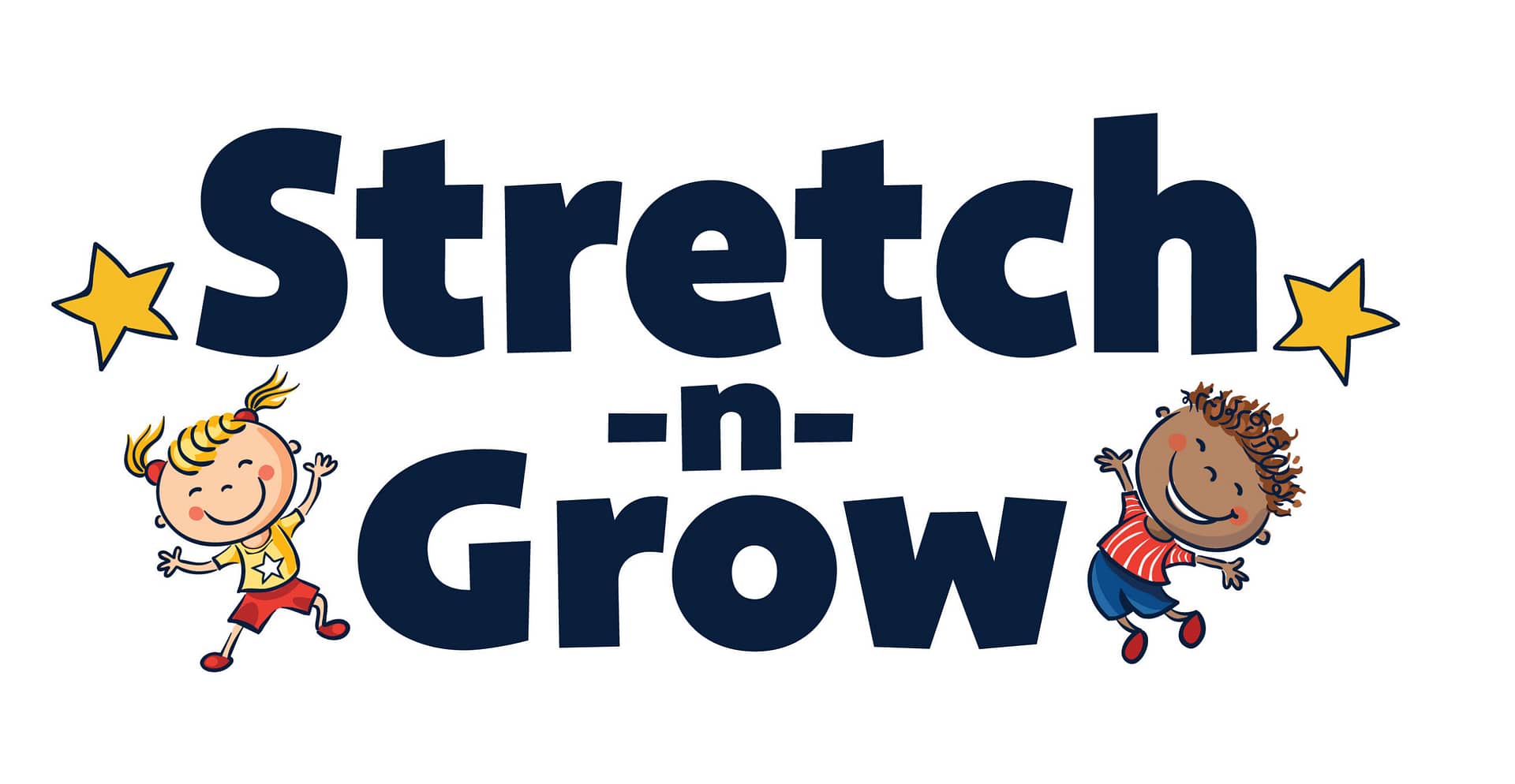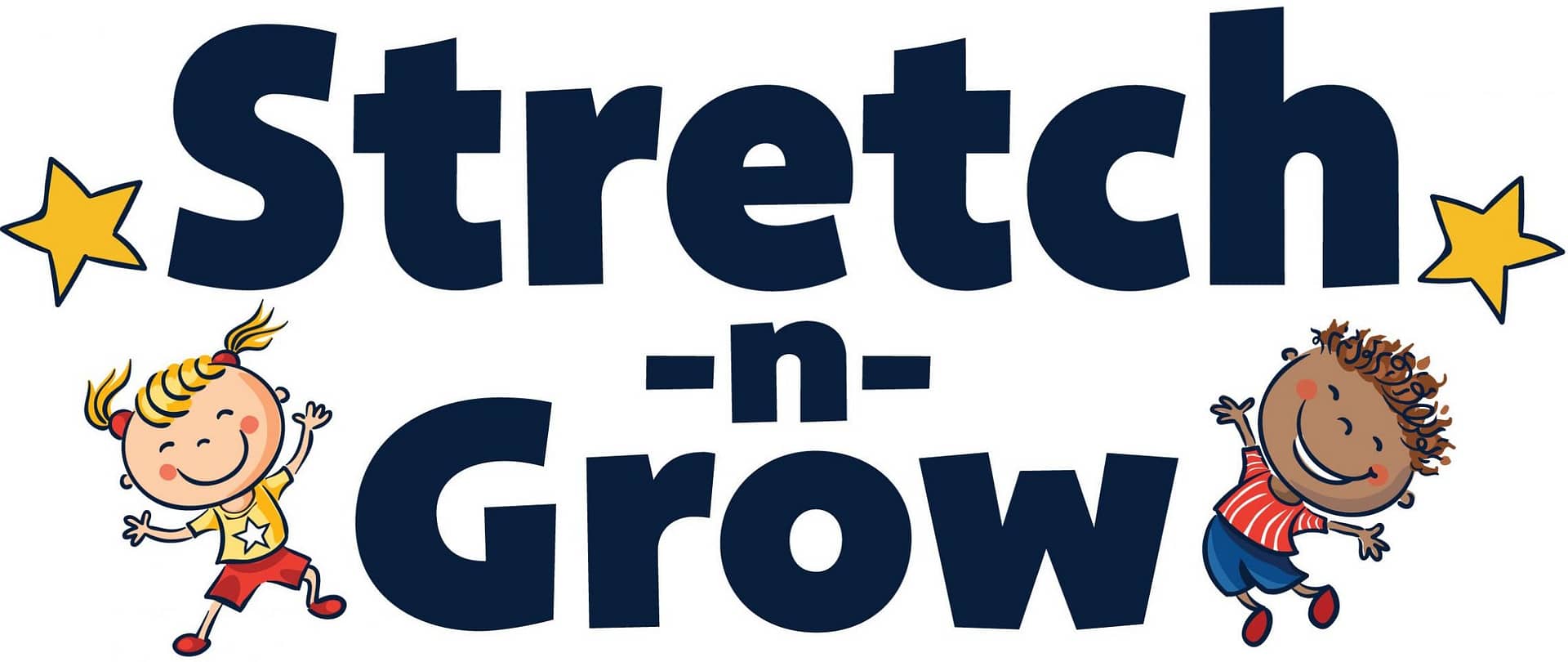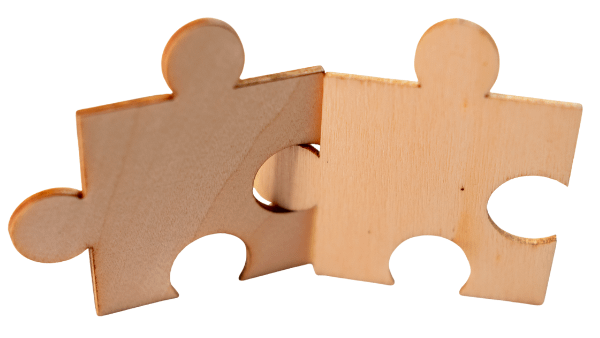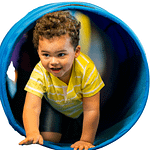The link between exercise and the Early years is a powerful theme that speaks directly to the heart of Stretch-n-Grow’s mission. Movement isn’t just a physical outlet—it’s a catalyst for cognitive, emotional, and social development. When children move, they learn. Let’s break it down:
Why Movement Matters: The Link Between Exercise and Early Learning
1. Boosts Brain Development
- Neural Connections: Physical activity stimulates the brain, helping form and strengthen neural pathways that support memory, attention, and problem-solving.
- Executive Function: Movement-based games improve skills like impulse control, flexible thinking, and working memory—critical for classroom success.
“The impact of physical development on brain development is profound. If children do not develop motor skills by age five, they may never reach their full potential”.
2. Enhances Academic Readiness
- Language & Literacy: Rhythmic movement and songs support phonemic awareness, vocabulary growth, and storytelling skills.
- Math Concepts: Counting steps, sorting props, and spatial awareness activities introduce early math in a playful, embodied way.
🎯 Stretch-n-Grow integrates movement with learning themes like “Around the World” or “Treasure Island,” turning physical play into educational adventures.
3. Supports Emotional & Social Growth
- Confidence & Self-Esteem: Children gain a sense of achievement through movement challenges and praise-based reinforcement.
- Teamwork & Communication: Group activities teach cooperation, empathy, and expressive language—all essential for school and life.
4. Improves Focus & Behavior
- Regulation Through Movement: Structured physical activity helps children manage energy levels, reduce anxiety, and improve classroom behavior.
- Mindful Transitions: Stretch-n-Grow uses calming routines and breathing exercises to help children shift smoothly between activities.
Reinforcing the Link at Home
Encourage families to try:
- “Move & Learn” Cards: Each card pairs a movement with a learning prompt (e.g., “Jump while counting to 10” or “Stretch and name body parts”).
- Storytime Stretches: Act out books with movement—march like animals, fly like superheroes, or tiptoe like explorers.
- Emotion Motion: Use movement to express feelings (“Stomp like you’re frustrated, sway like you’re calm”).
Final Thought
Movement is the language of early learning. It’s how children explore, express, and connect. By embedding exercise into education, Stretch-n-Grow helps children thrive in every domain—from the playground to the classroom.
Would you like help with a newsletter or a parent handout? We can outline our current scheme of work for the term contact us.
More information
If you would like more information or if you have any questions, please contact us. Stretch-n-Grow is a Worldwide programme





